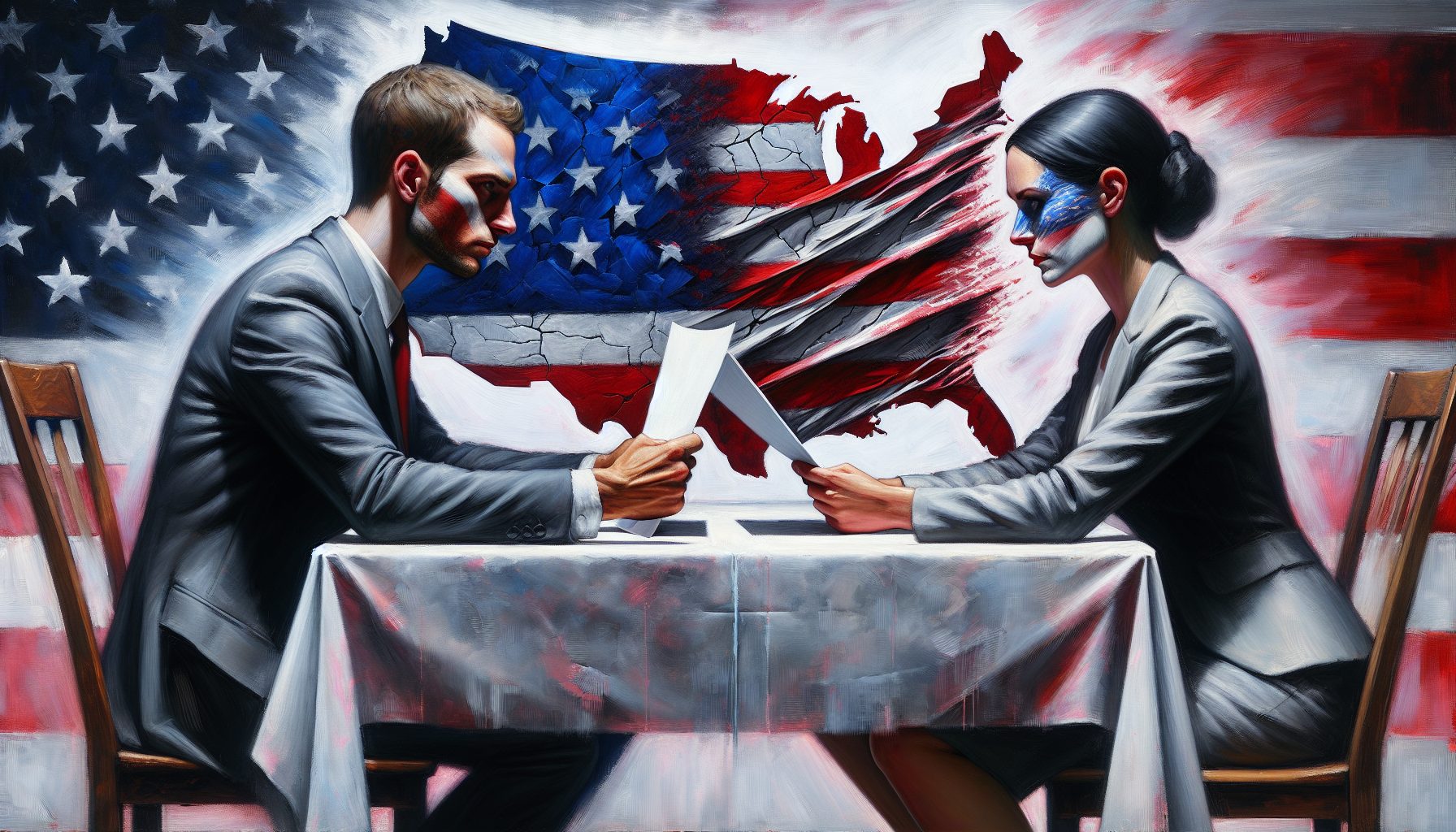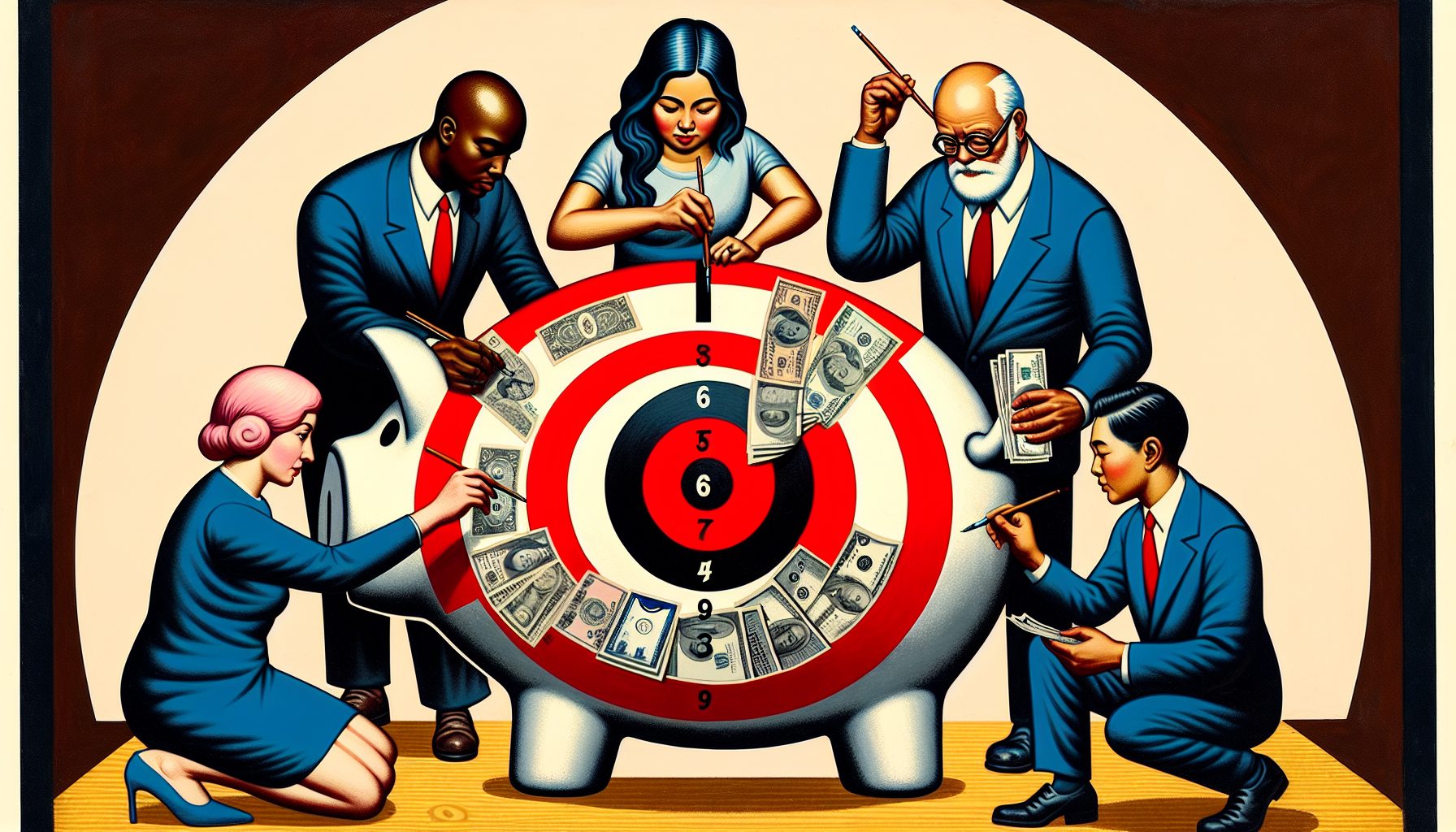Pragmatism still tugs at Todd Cook, manager of a Colorado RadioShack franchise. RadioShack’s corporate chiefs insisted last fall that he try new extranet technology to get information on pricing changes, product introductions, promotions and other company news. But ask him if he’s happy with it, and he says “yes and no.” Yes, he’s technologically competent, so logging on and navigating 15 sections of the site is a cinch. But the downside is all the online searching. “Now you have to find it and print it out,” instead of looking it up in a paper catalog, he says, a process that can be a pain.

On that one item alone, RadioShack will save an estimated $200,000 this year. By conservative estimates, RadioShack could save $10 million in mailing and printing costs in the first year by using the extranet system.
RadioShack hopes that its dealer stores will also become more efficient. Unlike the company’s 5,100 corporate-owned (by RadioShack) stores, dealers are independent business owners. They pay RadioShack for a license to resell the company’s merchandise on store shelves—alongside hardware, videos or even furniture. The extranet is intended to allow dealer clerks and managers alike to focus more time on selling splitters, computers and cable connectors and less time rummaging through mail or waiting for RadioShack’s corporate call center employees to ring them back with answers to product questions.
Now, a manager can download updated copies of advertising stills used whenever they run sales in local newspapers, as well as check for changes in agreements with RadioShack’s corporate partners, including Microsoft, Compaq and Sprint. And when a customer hears about a deal on the radio for $100 off a Sprint phone package, a store owner can head to the Web site, pull up details of the special and print the rebate coupon. “I don’t have to call a 1-800 number,” says Gene Lewis Jr., who manages a RadioShack franchise in Warrensburg, N.Y. “That’s where I’ve found it very handy.”
All told, RadioShack should be able to get crucial information to store workers immediately online instead of sending mail or relying on phone-tag. However, the extranet was slow in coming, which might lead to the obvious question of what held up the company.
Tom L. Cobb, vice president of RadioShack’s dealer/franchise division, says this project wasn’t necessarily as big a priority as others on the company’s plate. He added that RadioShack also needed to wait for improvements to data services in many of these far-flung dealer communities. “One thing we don’t have is high-speed service available in rural areas,” Cobb says. “It’s hard enough to get high speed in urban areas. The next best thing is dial-up.”
Nonetheless, it’s a delay that’s particularly glaring at a time when many companies are moving beyond extranets to other Web-based technology to communicate better with business partners.
“It’s amazing it’s taken these companies so long,” says Dan Martin, president of IFX Online, which hosts online services for 97 franchises including Ben & Jerry’s, Midas and GNC. Still, Martin and others agree that getting thrifty franchise owners to embrace new technology can be remarkably difficult. Often, the road from idea to acceptance involves months of exhaustive meetings between regional managers, franchise owners and technical experts to smooth out potential rough spots. “Franchisees often fight this stuff to the very end unless they know it’s good for them,” Martin says.
Planning at RadioShack started a year before the company launched the extranet in October. RadioShack warned dealers, typically small business owners in far-flung towns with populations under 8,500, that it was cutting out the mailings by January, giving them at least four months to prepare for the switch.
One key point? It didn’t cost RadioShack dealers a cent up front. The dealers simply log on using any browser on any sort of computer, a boon for a company that has owners on all ends of the tech-savvy rainbow. While 96% of RadioShack’s dealers use the company’s transaction-tracking point of sales (POS) system, just 75% are using a newer system that automatically orders products for them when inventory is low.
“With the franchise picture, you end up having two classes of people: the mom- and- pop store that is less sophisticated technologically and the more sophisticated folks,” says James Crawford, a retail analyst at Forrester Research.
Franchisees who embraced the POS system can support new software RadioShack makes available, including the recently added automatic inventory replenishment application, which provides the corporate office with the store’s daily sales updates.
To get the extranet off the ground, RadioShack turned to Novell Networks and its application development team. RadioShack also picked Novell’s iChain, a Web security application that authenticates users and provides encrypted access to browser-based applications.
Using iChain as a gateway, franchise owner Gene Lewis connects to RadioShack’s extranet from his family’s store using his Web browser. The iChain server software, installed behind RadioShack’s firewall, authenticates his password and issues him a digital certificate, providing a secure socket layer (SSL) connection to Web applications running on Microsoft Windows NT-based servers.
The key difference between RadioShack’s corporate stores and its franchises is that dealers dial in, while the corporate stores connect via a virtual private network (VPN).
Instead of using Novell, RadioShack could have expanded its virtual private network to the dealers. That setup may have required a $300 Microsoft Windows XP license at every store and a VPN firewall at headquarters, which could have easily doubled the project cost. It’s likely dealers, who already jokingly refer to themselves as RadioShack’s “cash cows,” would have shouldered some of that expense.
“That wasn’t an option with the franchises,” says Ron Cook, RadioShack’s senior director of technical operations. Overall, dealers are reluctant to take on more expenses, having already paid a total of about $60,000 to open a franchise, and another optional $30 a month for corporate support and updates of RadioShack software.
A VPN setup would also come with other headaches, Cook says, requiring RadioShack to configure 2,100 computer systems and commit to the accompanying future software upgrades. And that’s before tackling the security issues with Windows. RadioShack would have had to enforce security patches and software updates by download, remote control or on a CD-ROM. “It creates all sort of support issues,” Cook contends.
RadioShack didn’t compute cost savings beyond the return on its initial $100,000 project investment. “Everything else is gravy on top of that,” Cobb says.
Mail equipment-maker Pitney Bowes estimates it costs $9 to produce and send each piece of business-to-business mail, compared with $1.50 to create and deliver one electronic message. Using those numbers, it can be assumed that if RadioShack sent out 1.2 million pieces of mail last year, which is a conservative estimate, the company saved at least $9 million. The mail RadioShack couldn’t escape sending to dealers includes invoices and cardboard advertising signs placed in stores.
While cutting mail by 70% in the first year is impressive, other franchises say they’ve managed to cut even more.
Denninghouse, which runs 310 “Buck or Two” value stores in Canada, knocked off 65% of its estimated $225,000 annual franchise mailing, phone and fax costs shortly after moving online in March 2000. “Every time you add a store (to the franchise) you add another chunk of money,” to your mail budget, says Matthew Clulow, assistant manager of information communication services at Denninghouse. Not anymore.
The company puts pictures of new “Buck or Two” products and 100-sheet product listings online and hosts message boards for franchise owners. Best of all, Clulow says, Denninghouse reduced the amount of mail it sends to franchises by 90%.
Yet, there may be hidden costs for franchise owners. Denninghouse charges franchise owners $20 a month to use its electronic service.
Both RadioShack and Denninghouse are passing printer and paper costs on to their owners who have to print off the Web anything they want to keep, says Blake Park, president of NimbleStrategies, a corporate portal developer and market consultancy, that counts RadioShack as a former client.
But for many franchise owners, printing costs may not be a big deal.
“Virtually everything is over computer now,” says Henry Giasson, owner of CJ Electronics in Denison, Iowa. For Giasson, three pieces of mail from RadioShack is now considered a heavy week, down from four letters a day. So for Giasson, that’s good news—because it means 1,092 fewer letters to rip open in 2002.








